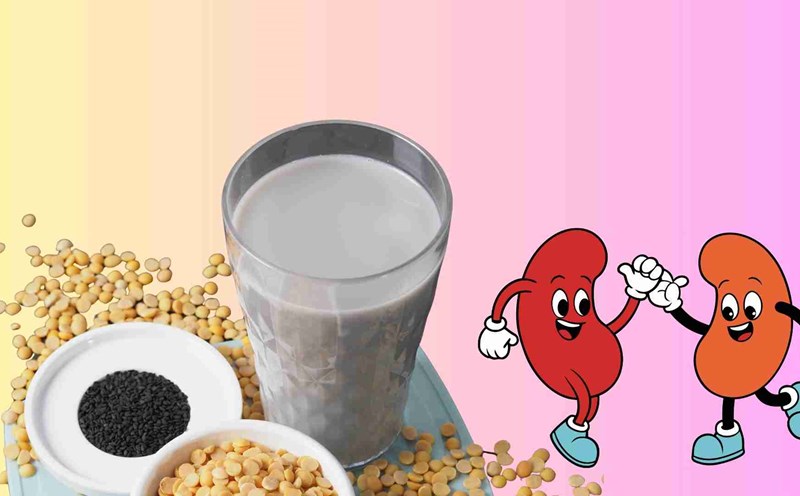Average milk consumption is still low
On September 23, Agriculture and Environment Newspaper in collaboration with the Vietnam Livestock Association and the Vietnam Association of Large Livestock organized a seminar on "Current situation and solutions to restore the development of dairy cows". Dr. Luong Anh Dung, Deputy Director of the Central Center for Large Livestock Breeding (Institute of Animal Husbandry) said that Vietnam has a population of over 100 million people, however, the herd of dairy cows only has about 330,000 cows, the production of fresh milk only meets 40% of demand, 60% must be imported.
According to data from the Department of Animal Husbandry and Veterinary Medicine, the average consumption of milk and dairy products of Vietnamese people is only 27kg/person/year (2023). This consumption is higher than some countries in the region but much lower than the average milk consumption of the region and the world.


Meanwhile, T.S. Nguyen Xuan Duong, Chairman of the Vietnam Livestock Association, affirmed that the potential of the Vietnamese milk market is still very large. Although the growth rate of dairy cows has decreased, the milk yield of domestic cows has increased rapidly, from an average of about 5 tons/ head/head/cycle in 2010-2015 to over 7 tons/head/head/cycle in 2020-2024, becoming one of the countries with the highest dairy cow output in the region.
"The current scale of dairy herds is not commensurate with natural conditions, labor potential, investment capacity and market consumption of dairy and dairy products. The dairy industry must start from domestic raw fresh milk sources and there should be policies to encourage the development of clean fresh milk products," Dr. Nguyen Xuan Duong emphasized.
Challenges to overcome
In the period of 2020 - 2024, the dairy farming industry witnessed a sharp decrease in the growth of dairy cows, currently only 0.4% per year, many places have a very large decrease in the herd. High production costs, unstable raw milk prices, unstable output... make many people unable to resist. This seriously affects the long-term development future of the domestic dairy cow industry.
The Chairman of the Vietnam Livestock Association also said that one of the top challenges at present is the increasing amount of raw and finished milk imported into Vietnam. Milk and dairy products are developed too hot, causing market disruption. Poor quality milk products are rampant, causing great pressure on quality product lines. Meanwhile, the purchase of raw fresh milk that is not "salted" by businesses has made it even more difficult for livestock farmers.
For the sustainable development of the Vietnamese dairy industry, T.S. Nguyen Xuan Duong recommends perfecting specific technical standards and regulations to clearly classify dairy products (especially between fresh milk and whole milk), and having policies to encourage businesses that produce and process milk using domestic fresh milk materials. This is also the time to make a strong and comprehensive shift to developing clean, fresh milk.
Meanwhile, Chairman of the Board of Directors of TH Minh Hai Group said that to promote the development of the domestic dairy cow industry, it is necessary to promote the building of chain linkages, including building a chain of feed, veterinary drugs, breeds, etc.
According to Mr. Hai, the implementation of the School Milk Program is an extremely important step. Mr. Hai gave an example, the whole country has nearly 20 million students, if on average each child drinks 1 box of milk (180ml milk box) per day, it will need 3,800 tons of milk to provide. "With 3,800 tons of milk, it is equivalent to about 300,000 dairy cows. Thus, domestic domestic domestic enterprises, livestock facilities, and farmers need to "use this opportunity instead of losing it to foreign enterprises," said the Chairman of the Board of Directors of TH Group.
In addition, experts also propose to strengthen communication activities, right from school level, so that people better understand the nutritional value of milk and better distinguish between dairy products, to choose and use them appropriately.








